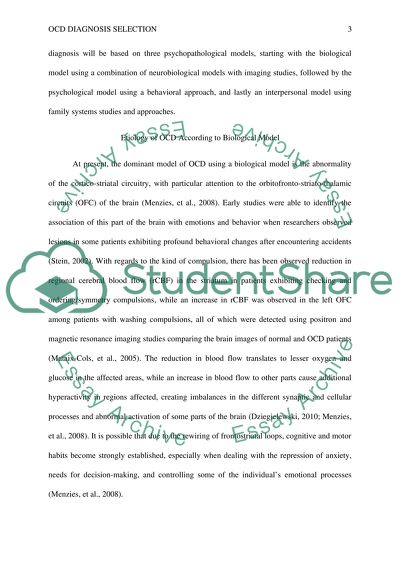Cite this document
(“Selecting a diagnosis Term Paper Example | Topics and Well Written Essays - 1500 words”, n.d.)
Retrieved from https://studentshare.org/psychology/1483201-selecting-a-diagnosis
Retrieved from https://studentshare.org/psychology/1483201-selecting-a-diagnosis
(Selecting a Diagnosis Term Paper Example | Topics and Well Written Essays - 1500 Words)
https://studentshare.org/psychology/1483201-selecting-a-diagnosis.
https://studentshare.org/psychology/1483201-selecting-a-diagnosis.
“Selecting a Diagnosis Term Paper Example | Topics and Well Written Essays - 1500 Words”, n.d. https://studentshare.org/psychology/1483201-selecting-a-diagnosis.


